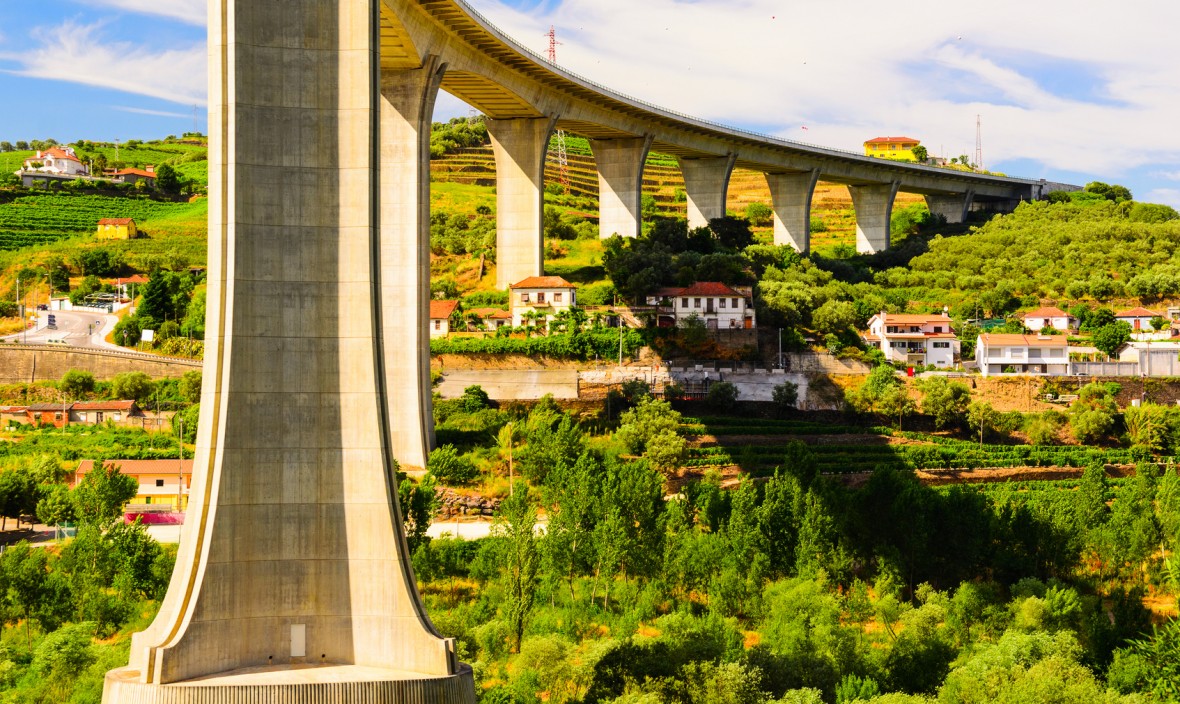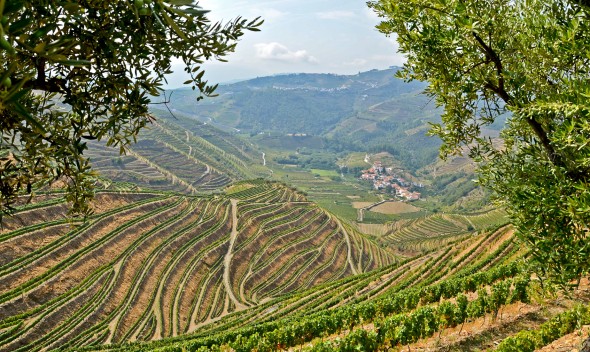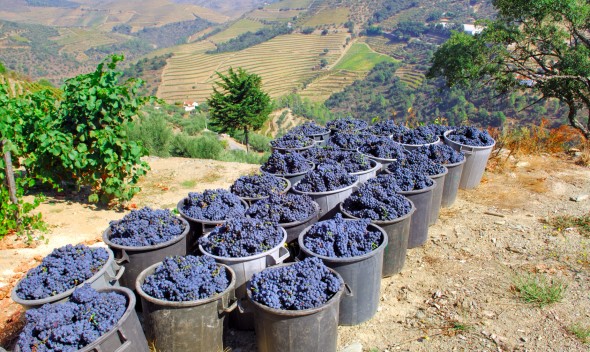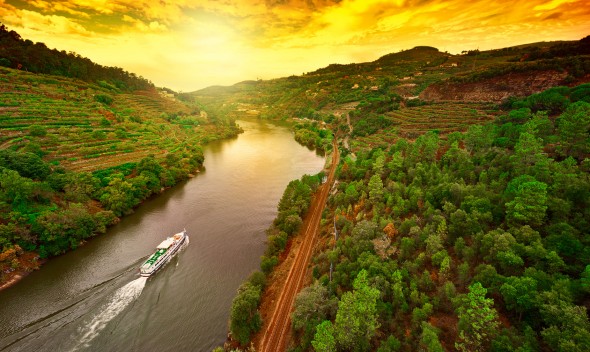The Douro River snakes its way right across the width of Portugal, from the yawning mouth on the west coast where river meets sea, all the way to the Spanish border. The river provides water and nourishment to the valley it flows through, creating an ideal environment for growing grapes. But while many people think of the region purely in terms of the famous Port wines and table wines that flow from it by the barrel, there’s much more to be said for the allure of the area.
To truly discover the beauty of the Douro Valley, don’t just pay attention to the wine-making estates, or quintas; keep your eyes open for beauty of all kinds. Observe the change in landscape between the city of Porto, where the Douro river begins, and the further depths of the valley. As the bustle of the city dies away, architecture becomes medieval and Romanesque churches rise up from the centre of small rustic villages. The vegetation changes, thickening with eucalyptus, olive and citrus trees.
The beauty of the valley also transforms at different times of year. If you visit in autumn as the leaves are starting to turn, the rows of grapevines that terrace upwards across the hills form a gradient of sunset colours, from golden yellow to burning orange to flame red. If you want to experience the most buzzing, excitement-filled time in the valley, schedule your trip for September. This is harvest time, which brings more people and activity to the area as well as some opportunities to partake in the action by picking or trampling grapes.
Along with the breathtaking scenery and sweeping views, the Douro Valley is dotted with small, charming villages. Favaios is one such village, not only pretty and filled with history but also famous for its delicious moscatel wines. Venturing a little away from the river you’ll find the villages of Salzedas – which boasts a Cistercian monastery dating back to the 12th century – and Ucanha with its Roman-era bridge. Right along the river are Peso da Régua and the picturesque town of Pinhão which are some of the most popular stops – and with good reason. They both feature a number of highly regarded wine estates with excellent wine-tasting tours.









